Brutalism is an architectural style that emerged in the mid-20th century, characterized by its rugged and raw appearance. It primarily uses exposed concrete or brick, giving buildings a stark, unadorned look that emphasizes the materials' natural textures. Brutalist buildings are often massive, with a monolithic and blocky appearance, featuring repetitive angular geometries. This style was initially part of the modernist movement and was used extensively for institutional, government, and residential buildings, particularly in the 1960s and 1970s. Brutalism is not just about aesthetics but also about functionality, often reflecting the socialist principles of equality and utilitarian efficiency. The term "Brutalism" comes from the French "béton brut," meaning "raw concrete," a term used by Le Corbusier to describe his choice of material. Despite being controversial and receiving mixed reactions for its "cold" appearance, Brutalism is appreciated for its honest expression of structure and materials, without decorative facades. Today, there is a renewed interest in Brutalism, both for its bold architectural statement and its historical significance, with movements aimed at preserving some of its iconic structures. The style is also appreciated in the context of its resistance to mainstream architectural trends, making it a subject of study in architectural history and theory.
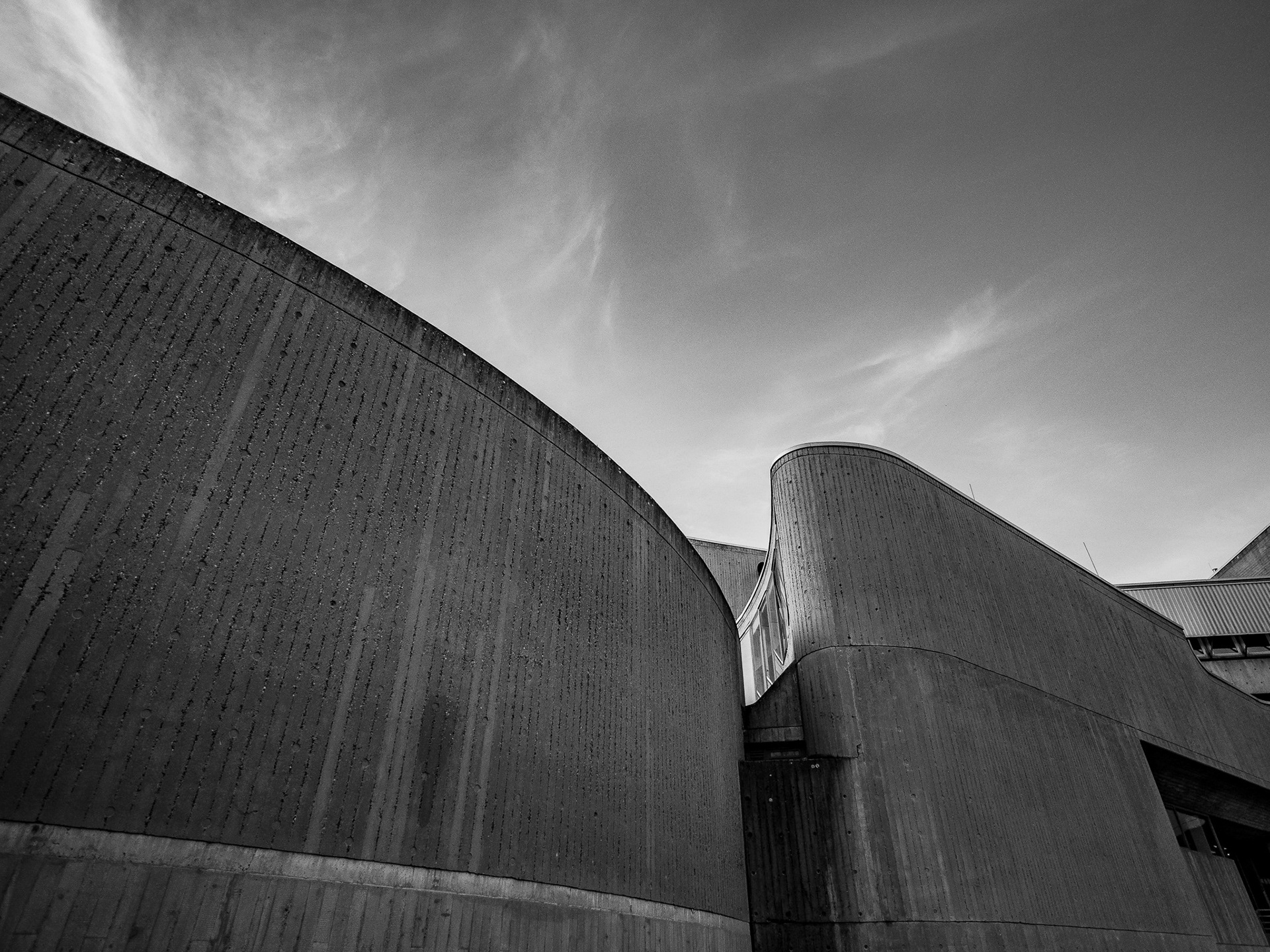
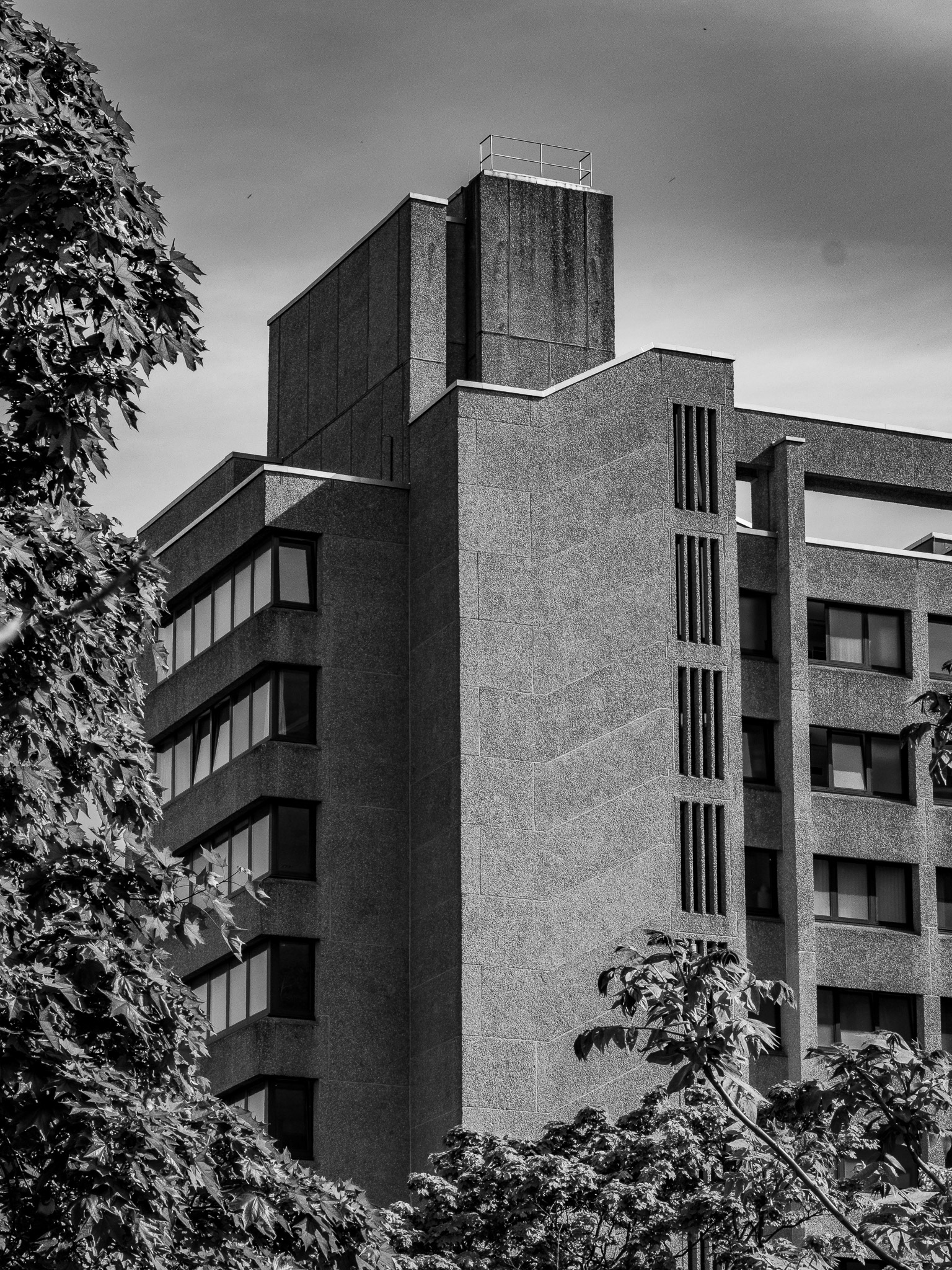
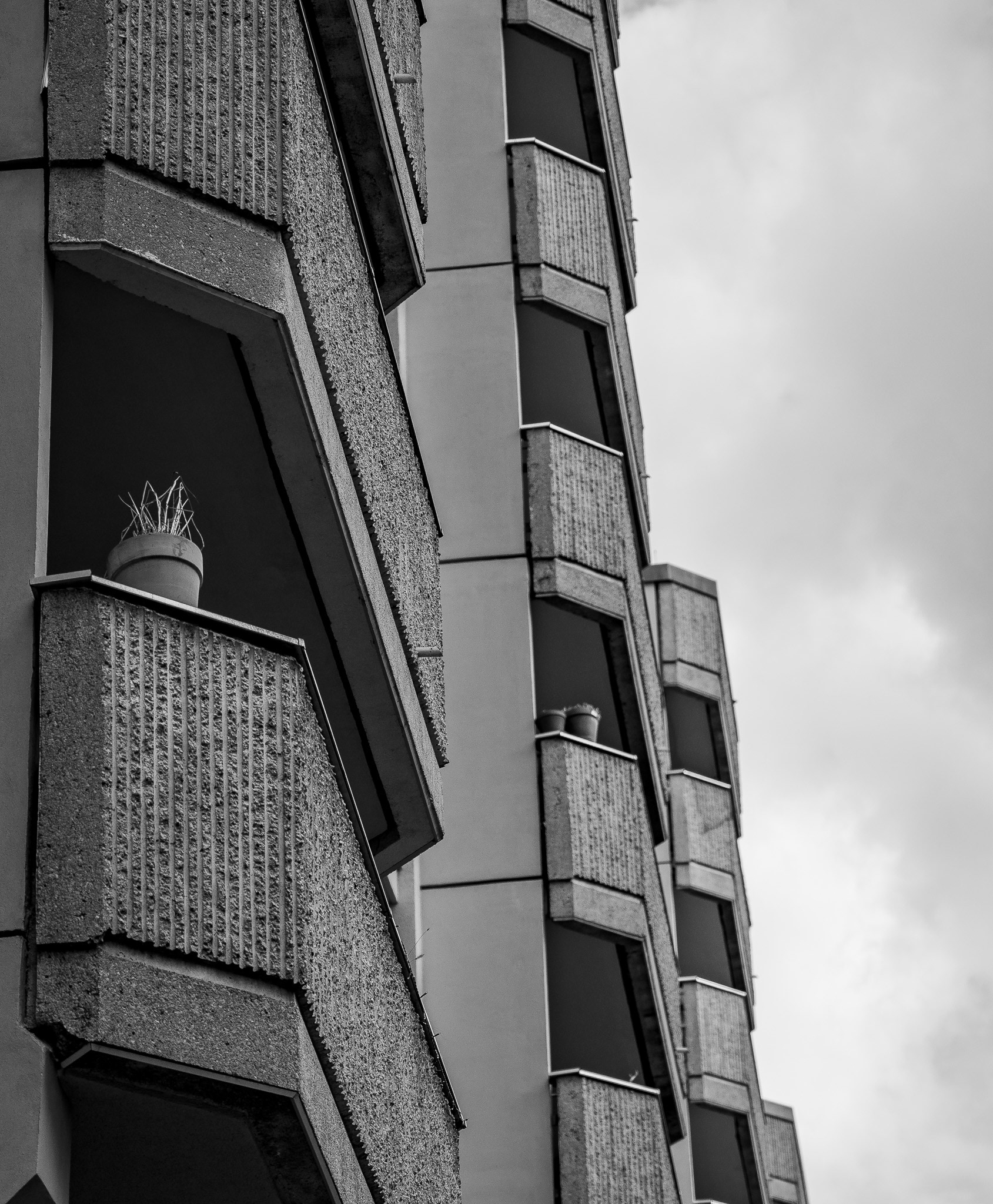
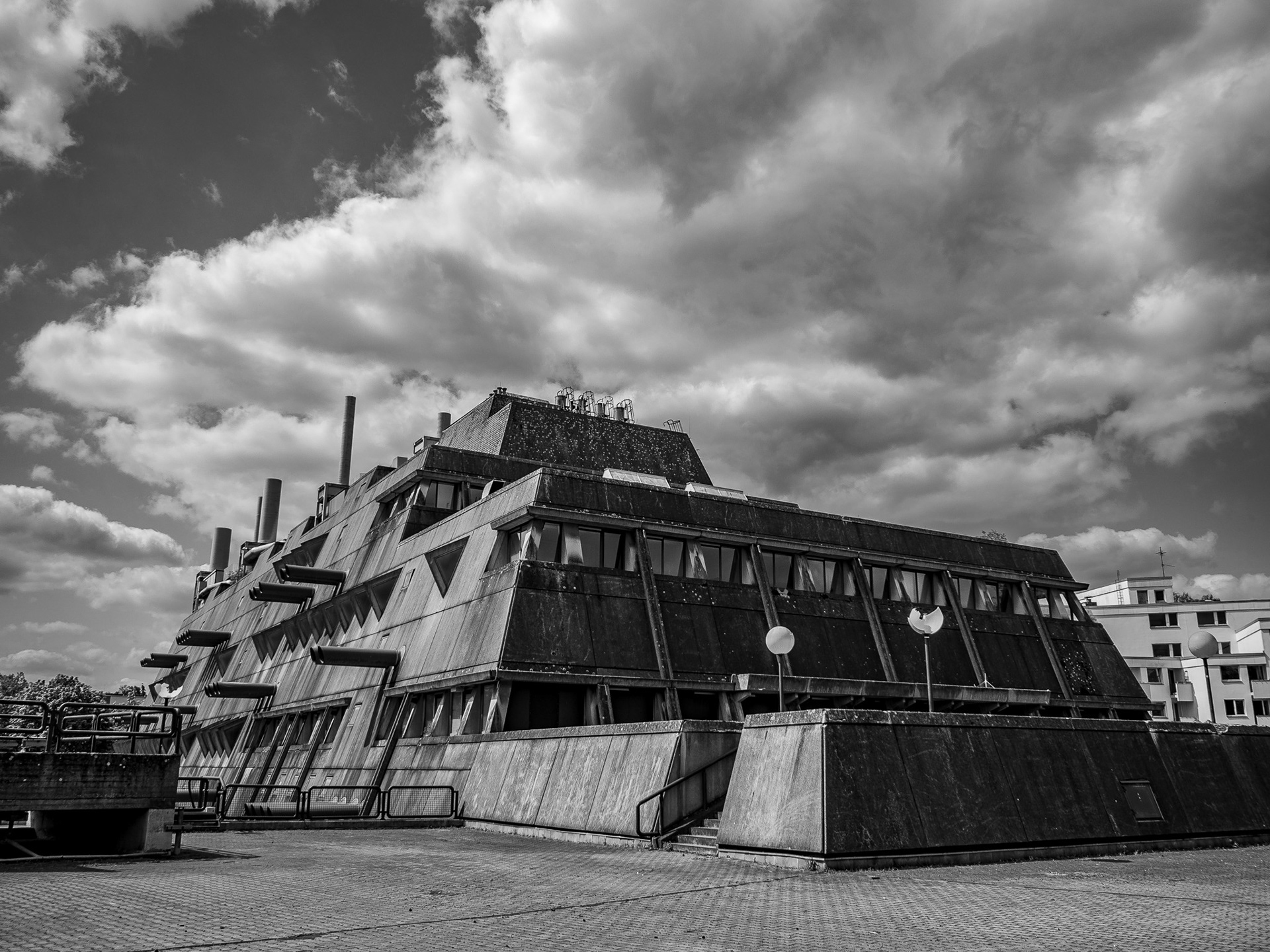
Late modernist architecture, exemplified by buildings like the International Congress Centre (ICC) in Berlin, represents an evolution of the modernist principles, emphasizing functionality and technological advancement. This style, which flourished from the late 1960s through the 1980s, is characterized by its integration of new materials and technologies, streamlined designs, and a continuation of the rejection of ornamental elements prominent in earlier architectural styles. The ICC Berlin, completed in 1979, showcases typical late modernist features such as a sophisticated use of steel and glass, modular construction elements, and a flexible interior layout designed to adapt to various uses. The building's exterior is notable for its elongated, horizontal silhouette and the prominent use of exposed structural and mechanical elements, which are both aesthetically significant and functional. Late modernist buildings often incorporate advanced engineering techniques and are designed with an emphasis on creating spaces that are both versatile and practical. The aesthetics are sleek, with a preference for minimalism and a focus on the interplay of light and shadow, often achieved through the use of reflective surfaces and expansive glass facades. This architectural style is also marked by an international approach, with architects drawing on global ideas and innovations to create buildings that could stand as universal symbols of progress and modernity. Despite being a continuation of the modernist ethos, late modernism began to integrate more human-centered design aspects, foreseeing the shift towards postmodernism that would add historical references and local context into the architectural mix.

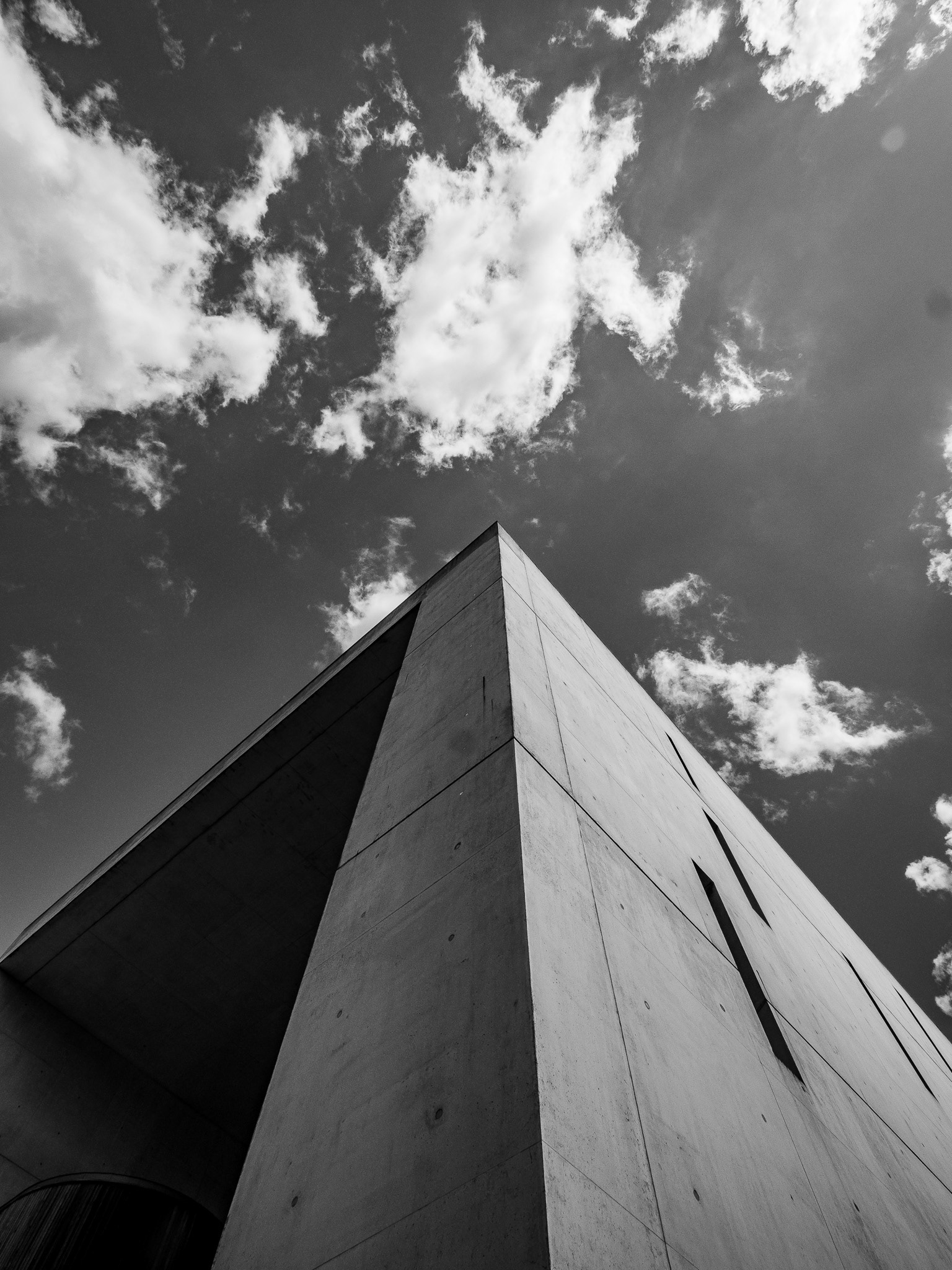
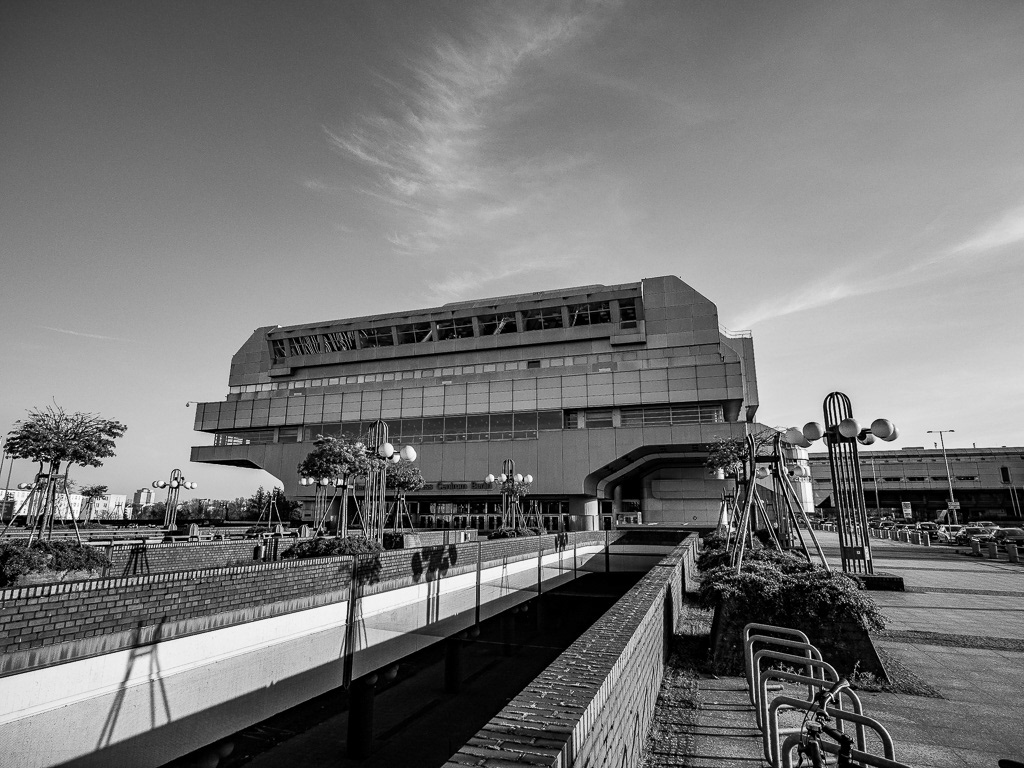
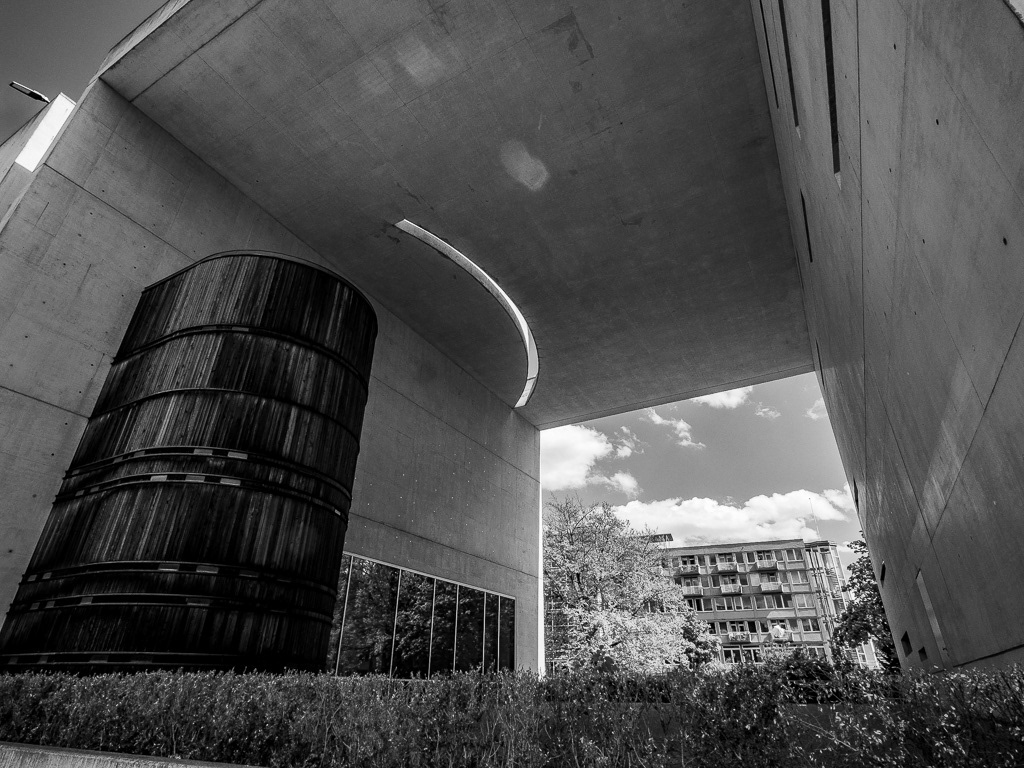
Modernist architecture, marked by its embrace of minimalism and rejection of historical ornamentation, emerged in the early 20th century and continued to influence designs well into the mid-century. This architectural style is defined by its "form follows function" principle, prioritizing simplicity, clarity of form, and the honest use of materials such as steel, glass, and concrete. Buildings like the crematory in Berlin and the Bundestag illustrate modernist architecture's focus on rationality and efficiency. Modernist architecture often includes the use of flat surfaces and geometric forms, and a visual emphasis on horizontal and vertical lines. This can be seen in the modular and repetitive structures typical of modernist buildings, which also reflect an industrial aesthetic influenced by technological advancements of the era.
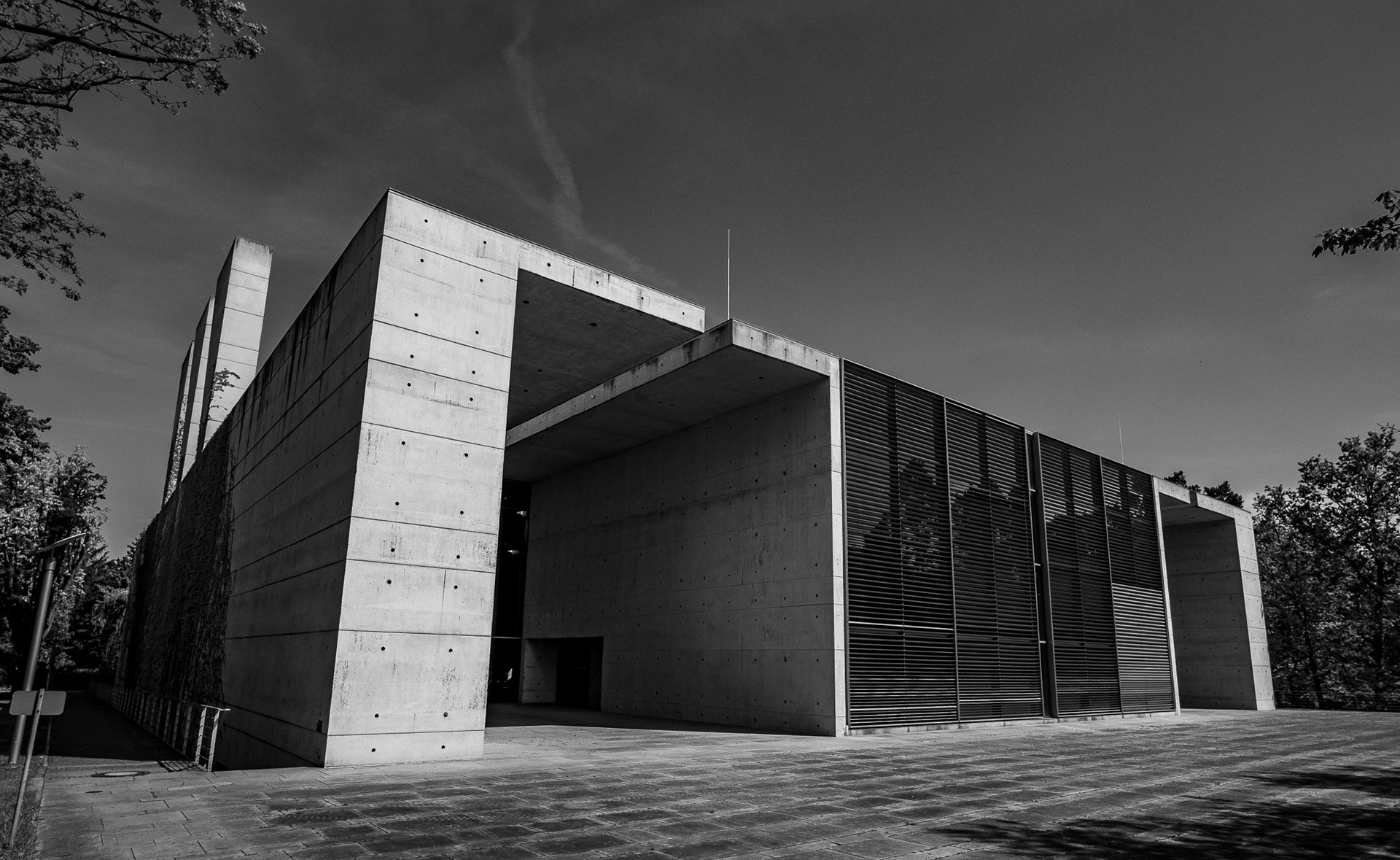
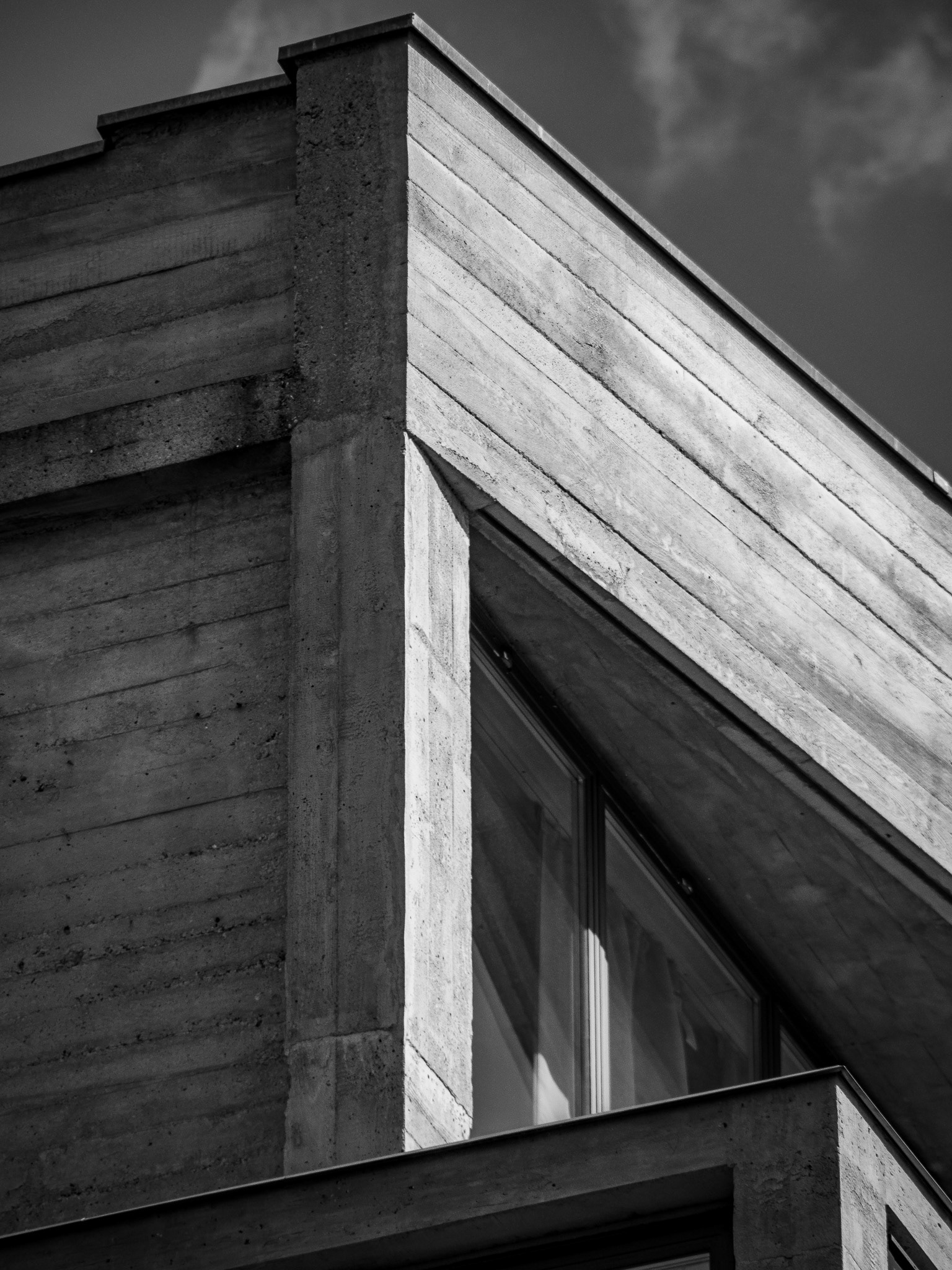
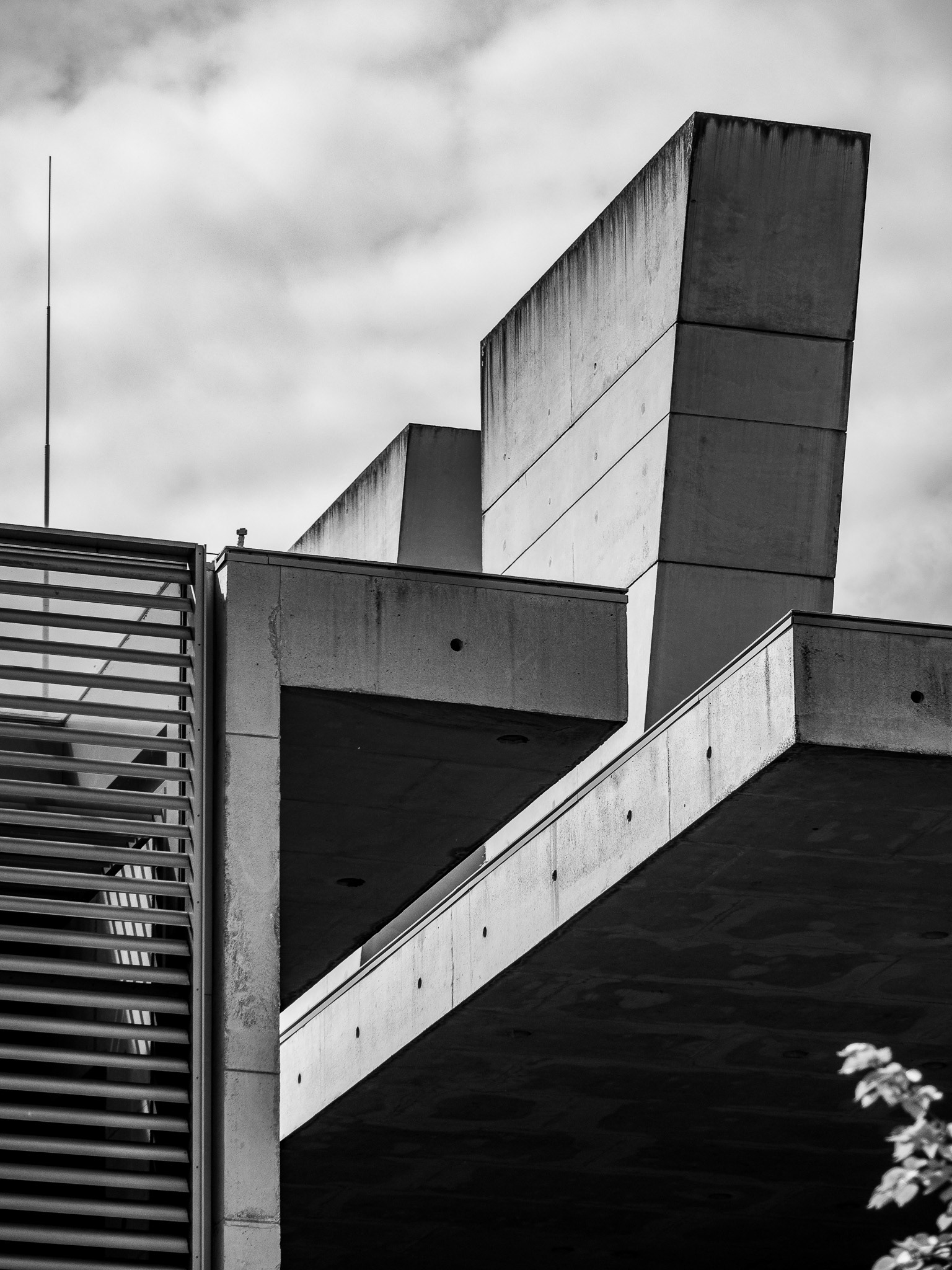
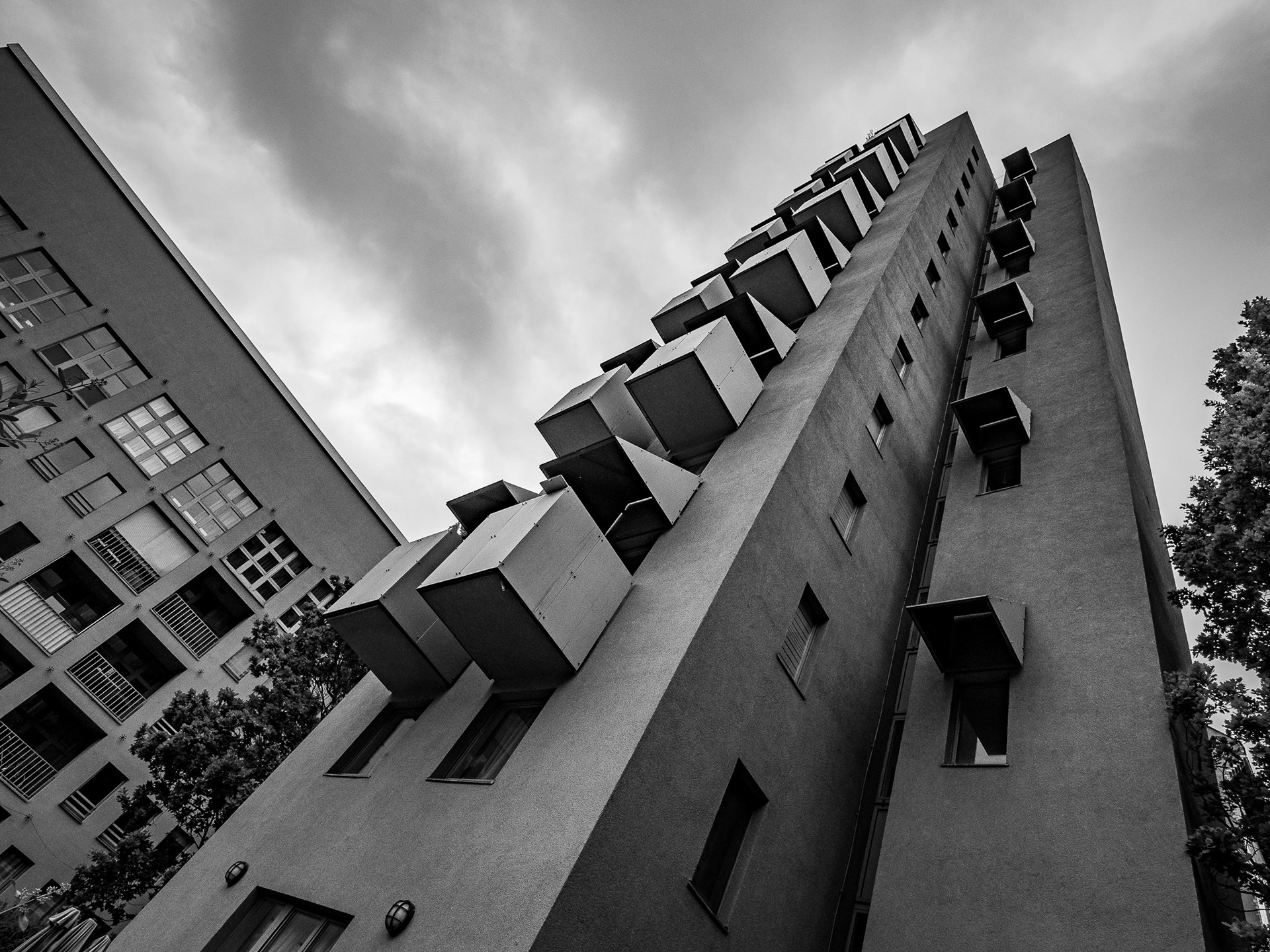
Brutalism, late modernism, and modernism are interconnected movements within the broader spectrum of 20th-century architecture, each representing different phases and emphases within the modernist ethos.